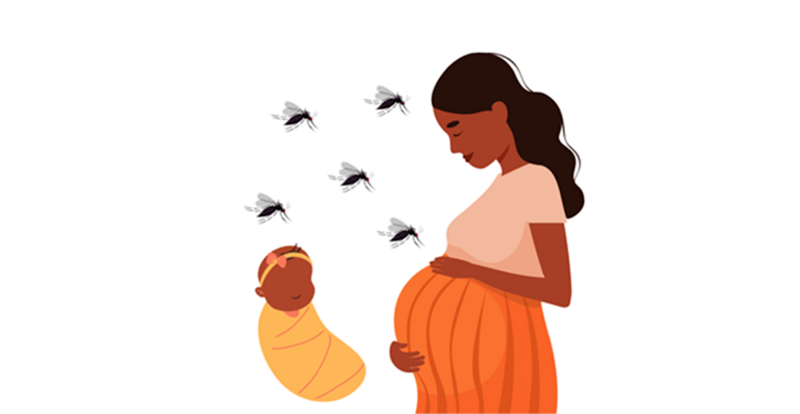WHO HAS WARNED THAT EXPECTING MOTHERS ARE PARTICULARLY SUSCEPTIBLE DUE TO CONGENITAL MALFORMATIONS.
 Despite the global reduction in the disease caused by the Zika virus since 2017, the circulation of this mosquito-borne virus has been confirmed in 89 countries around the world. Although incidence levels remain low, sporadic increases have been observed in recent years.
Despite the global reduction in the disease caused by the Zika virus since 2017, the circulation of this mosquito-borne virus has been confirmed in 89 countries around the world. Although incidence levels remain low, sporadic increases have been observed in recent years.
The EPI-WIN webinar : Zika virus: learning from the past, preparing for the future , brought together experts this week to discuss the global situation of this disease, as well as measures to epidemiologically track its transmission with a view to preparedness and early response.
"Most infections by this virus are asymptomatic or mild, which makes it very difficult for health systems to detect them," said Dr. María Van Kerkhove, head of the Organization's Emerging Diseases and Zoonoses Unit. World Health Organization (WHO).
Regarding the complications of this disease, the WHO has warned that pregnant women are particularly susceptible to its effects, since they can trigger congenital malformations in the fetus such as microcephaly, as well as increase the probability of premature births and even precipitate spontaneous abortions.
Situation in the Americas and control measures
Since its first detection in March 2015 in Brazil, local transmission of Zika has been confirmed in all countries and territories of the Americas, with the exception of continental Chile, Uruguay, and Canada. Likewise, ten countries in the region concentrate 89% of Zika cases registered between 2014 and 2023, with Brazil, Colombia and Venezuela leading this list.
PAHO figures at the regional level reveal that, unlike other arboviruses such as dengue or chikungunya, whose cases so far in 2023 amount to more than 3 million and 324,000 respectively, Zika has a considerably lower incidence with 27,000 cases in the same period.
"It is essential to recognize the connection between surveillance of acute Zika infections and the manifestation of neurological syndromes such as Guillain-Barre. If we optimize this approach, we will be better prepared to fully understand the disease and take preventive measures," said Thais dos Santos, adviser on Surveillance and Control of Arboviral Diseases of the Pan American Health Organization (PAHO).
"Maintaining an adequate level of monitoring is essential to prevent future epidemics," added dos Santos, also stressing the importance of having accurate and abundant diagnoses in laboratories, as well as training health personnel at all levels and in all phases of the illness.
"This will allow timely detection of Zika and thus implement appropriate and effective control measures," emphasized the PAHO expert.
In March 2022, WHO launched the Global Arbovirus Initiative , the purpose of which is to address emerging and re-emerging viruses transmitted by mosquitoes, flies, and ticks, among other arthropods, with epidemic and pandemic potential.
“Through this initiative we seek to develop guidelines for surveillance, clinical management, and follow-up of Zika complications, as well as strengthen environmental surveillance and vector control. Risk communication, public health research, and collaboration between key stakeholders are central elements in this effort,” remarked Dr. Van Kerkhove.